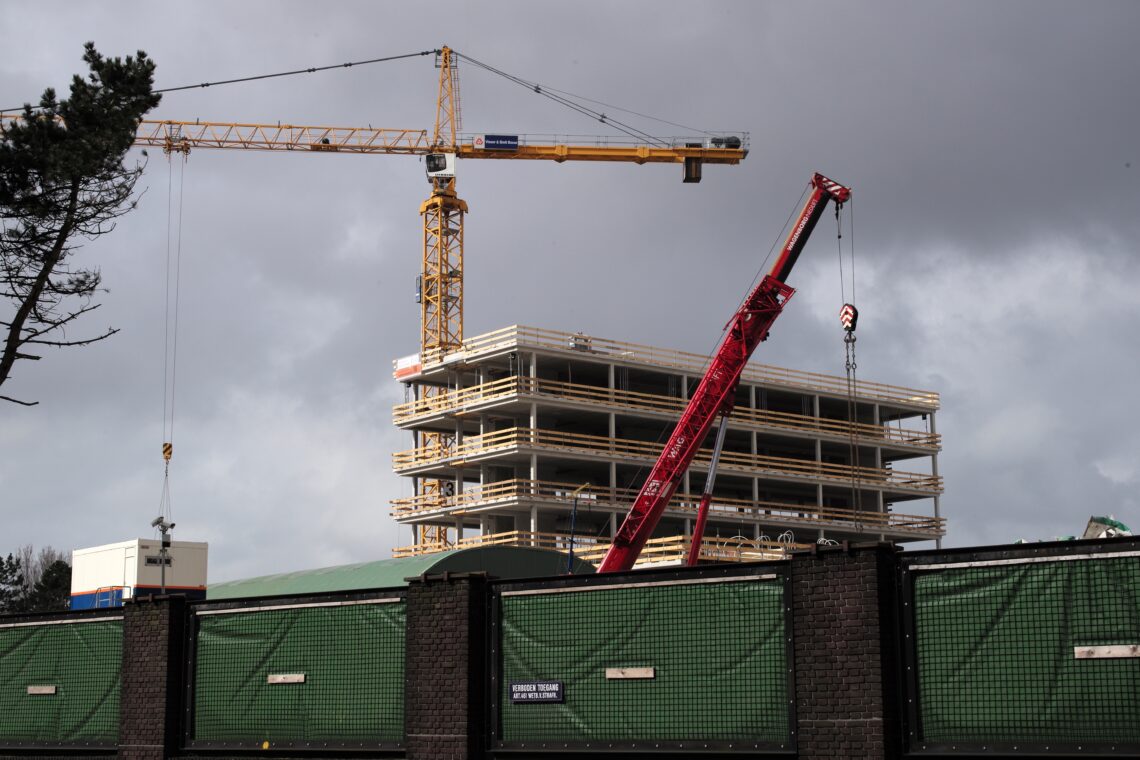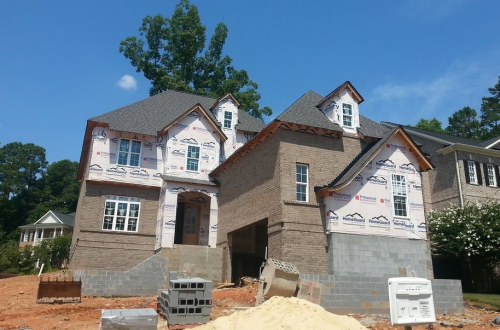Global construction projects are like cultural exchanges, bringing together diverse teams, ideas, and work styles. However, what works in one country may not translate smoothly to another. Cultural context—encompassing local traditions, social norms, language, and legal regulations—plays a big role in how these projects are managed. By understanding and adapting to these cultural factors, construction teams can enhance collaboration, improve outcomes, and ultimately complete projects more efficiently. Here’s a look at how cultural context influences strategies in global construction.
Adapting Project Timelines to Local Work Schedules and Holidays
Project timelines must account for local work habits, holidays, and even the rhythm of daily life. For instance, while some cultures may embrace a steady work week, others may have shorter workdays, longer lunch breaks, or specific holiday periods that can affect productivity. In global construction projects, being mindful of these differences is essential for effective scheduling.
Failing to adapt timelines to local norms can lead to unexpected delays. If a project in a country with a six-day workweek is planned based on a standard five-day schedule, it could result in workforce burnout. Similarly, ignoring local holidays, which might be longer or more frequent than expected, can create sudden slowdowns. By incorporating these cultural elements into project schedules, managers not only maintain realistic timelines but also build goodwill among the workforce, showing respect for local customs.
Building Relationships That Align with Local Business Norms and Etiquette
Relationships matter in global construction, but what defines a “good” relationship varies across cultures. In some countries, business is all about trust and personal connections; decisions might take longer, but once trust is established, partnerships tend to be stronger. In other regions, efficiency and speed are valued over lengthy relationship-building.
For project leaders, understanding local business norms is important to creating solid partnerships. In cultures where face-to-face interactions are important, setting up regular in-person meetings (or video calls, if needed) can foster trust. Adopting local etiquette, such as the right way to greet people or conduct meetings, goes a long way in earning respect and ensuring smoother negotiations. It’s not just about getting the job done—it’s about doing it in a way that feels right to all parties involved.
Navigating Language Barriers to Ensure Clear Communication Across Teams
Language differences are inevitable in global construction, but they don’t have to be a barrier. While technical terms may be universal, everyday communication requires clarity and sometimes, translation. Even subtle language differences can lead to misunderstandings or misinterpretations that affect project outcomes.
To bridge language gaps, many global construction teams invest in translators or multilingual staff. Regular training sessions that emphasize simple, clear language can also be helpful. Even basic language learning, like picking up key phrases in the local dialect, shows effort and builds rapport with local teams. The goal isn’t just to translate words but to ensure that the message is understood, no matter the language. This approach helps avoid confusion and keeps projects on track.
Integrating Local Design Preferences into Architectural Plans
Global construction doesn’t mean one-size-fits-all when it comes to design. Local design preferences often reflect a region’s culture, climate, and lifestyle, and ignoring these can make projects feel out of place or even unsuitable for their surroundings. For instance, a building style that thrives in a tropical region may not be ideal in a colder climate, not just from a cultural standpoint but also for practical reasons.
Architects and designers need to be flexible, integrating local aesthetics with broader design goals. This could mean adopting traditional elements, choosing region-specific materials, or considering local climate conditions. Understanding what appeals to the local community not only helps ensure the project’s acceptance but also enhances its functionality and sustainability. After all, successful global construction is about blending global expertise with local sensibilities.
Understanding Regional Regulations to Streamline Permitting Processes
Every country has its own set of building codes, safety standards, and permitting requirements. These regulations reflect both cultural and legal nuances, often shaped by historical events, geography, and societal priorities. For global construction projects, getting permits approved smoothly means more than just filling out paperwork; it’s about understanding the regulatory landscape.
Project managers should collaborate closely with local legal experts and officials to ensure compliance with all regional requirements. Missteps can lead to delays, fines, or even project halts. By proactively addressing regulatory needs and adapting plans accordingly, construction teams can keep projects moving forward without unnecessary red tape. This approach not only prevents bottlenecks but also shows respect for local governance and laws.
Embracing Local Labor Practices to Enhance Workforce Collaboration
The labor force is the backbone of any construction project, and local labor practices can vary widely. In some cultures, a hierarchical approach to management is expected, while others favor a more collaborative environment. Understanding these dynamics is key to creating a productive and harmonious workforce.
Embracing local labor norms means adapting management styles, communication methods, and even worksite layouts to match local expectations. This could include respecting traditional leadership structures, providing culturally appropriate safety gear, or offering training in ways that align with local learning styles. When workers feel valued and understood, collaboration improves, and productivity increases, making global construction projects not only feasible but also successful.





